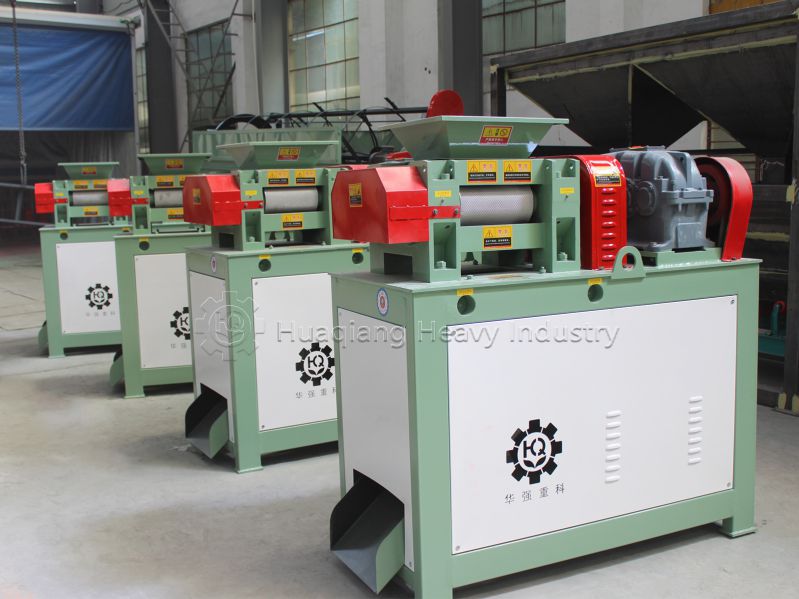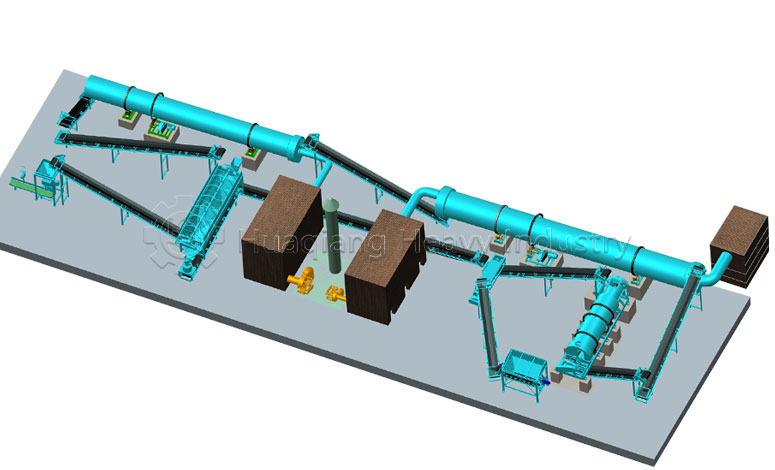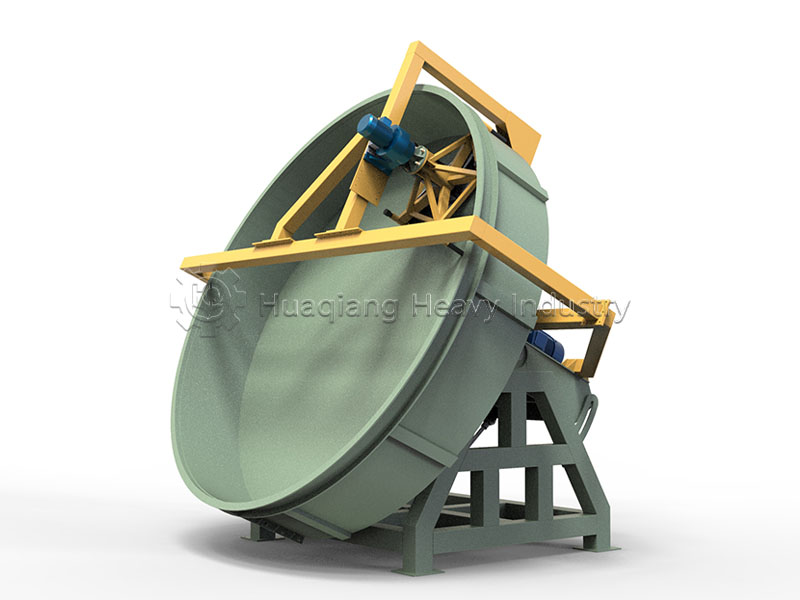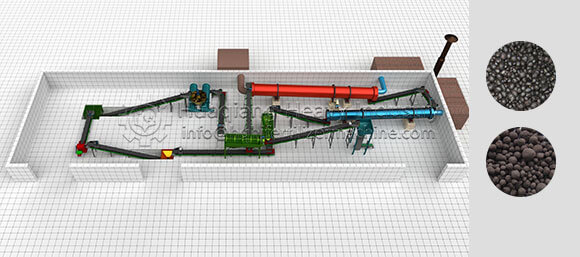In a corner of industrial production, raw materials are undergoing a quiet transformation. Whether on a complex organic fertilizer production line or in other powder processing fields, this transformation embodies the same industrial wisdom.
As a key piece of equipment in organic fertilizer production, the double roller press granulator exhibits a unique working method. In stark contrast to the organic fertilizer disc granulator, which relies on tumbling and agglomeration, it takes a more direct approach. Loose, airy powder is evenly fed into the gap between two parallel rollers.
The metal rollers approach each other with stable pressure, tightly enveloping and compacting the powder. There is no high-temperature melting, no chemical change; only pure physical force at work. This compaction method makes it unique among organic fertilizer granulators, particularly suitable for scenarios requiring higher particle strength.
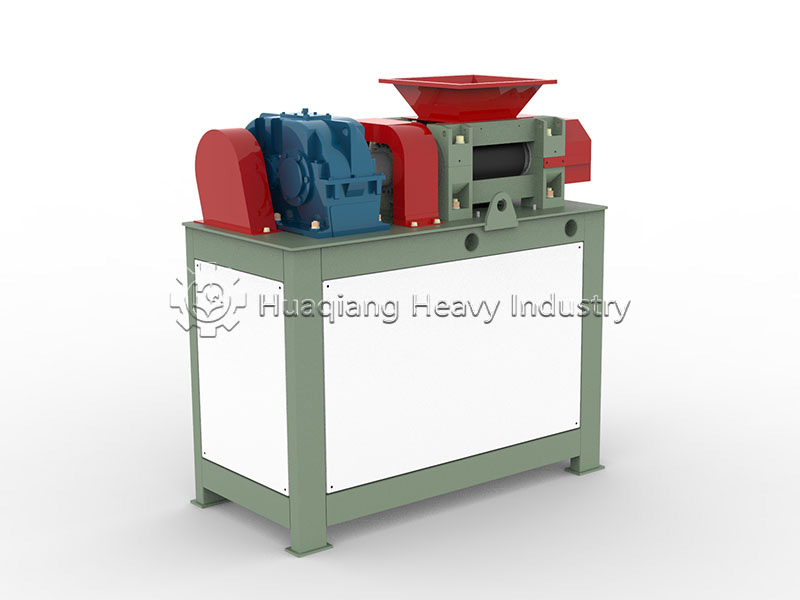
These newly formed granules possess unique value—they have higher density and better flowability, facilitating subsequent packaging, transportation, and application. In modern organic fertilizer production lines, this granulation method works in conjunction with other organic fertilizer production equipment to collectively improve the overall quality and efficiency of production.
The allure of double roller press granulation lies in its ability to transform intangible powder into tangible granules. In this seemingly simple process, we witness how industrial technology elegantly solves practical problems and allows materials to serve human production activities in a more ideal form.

